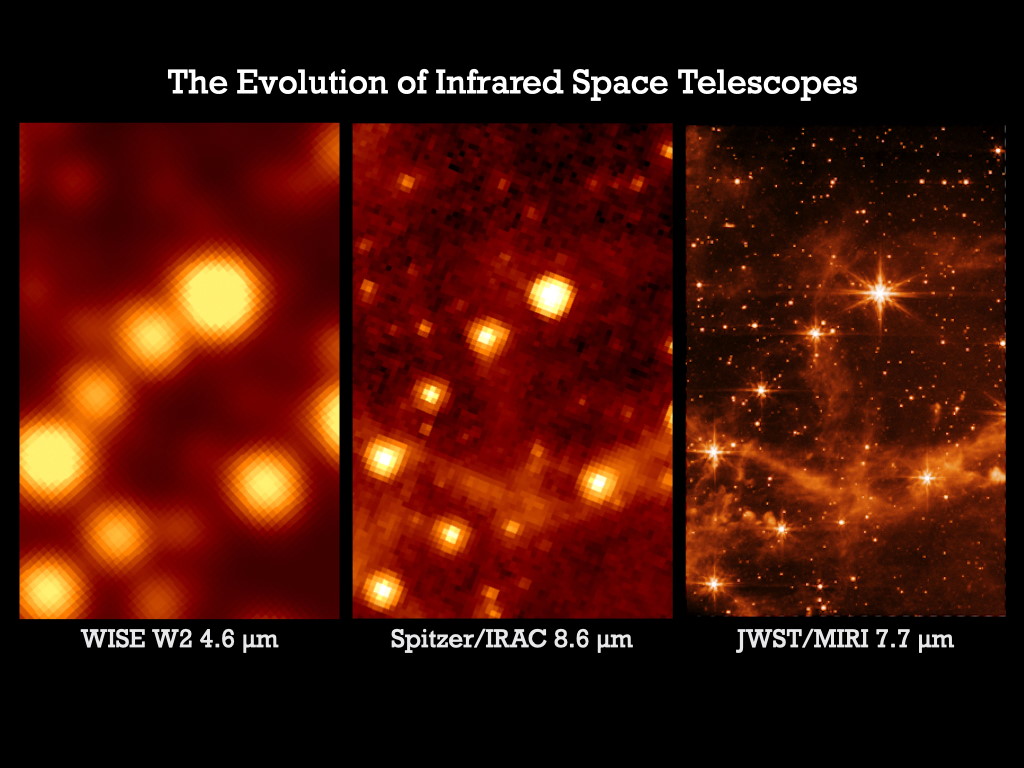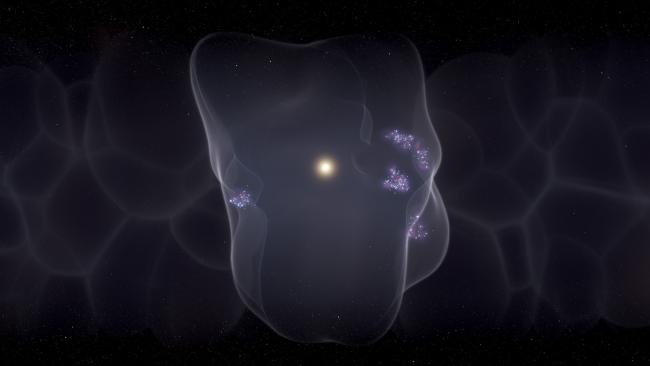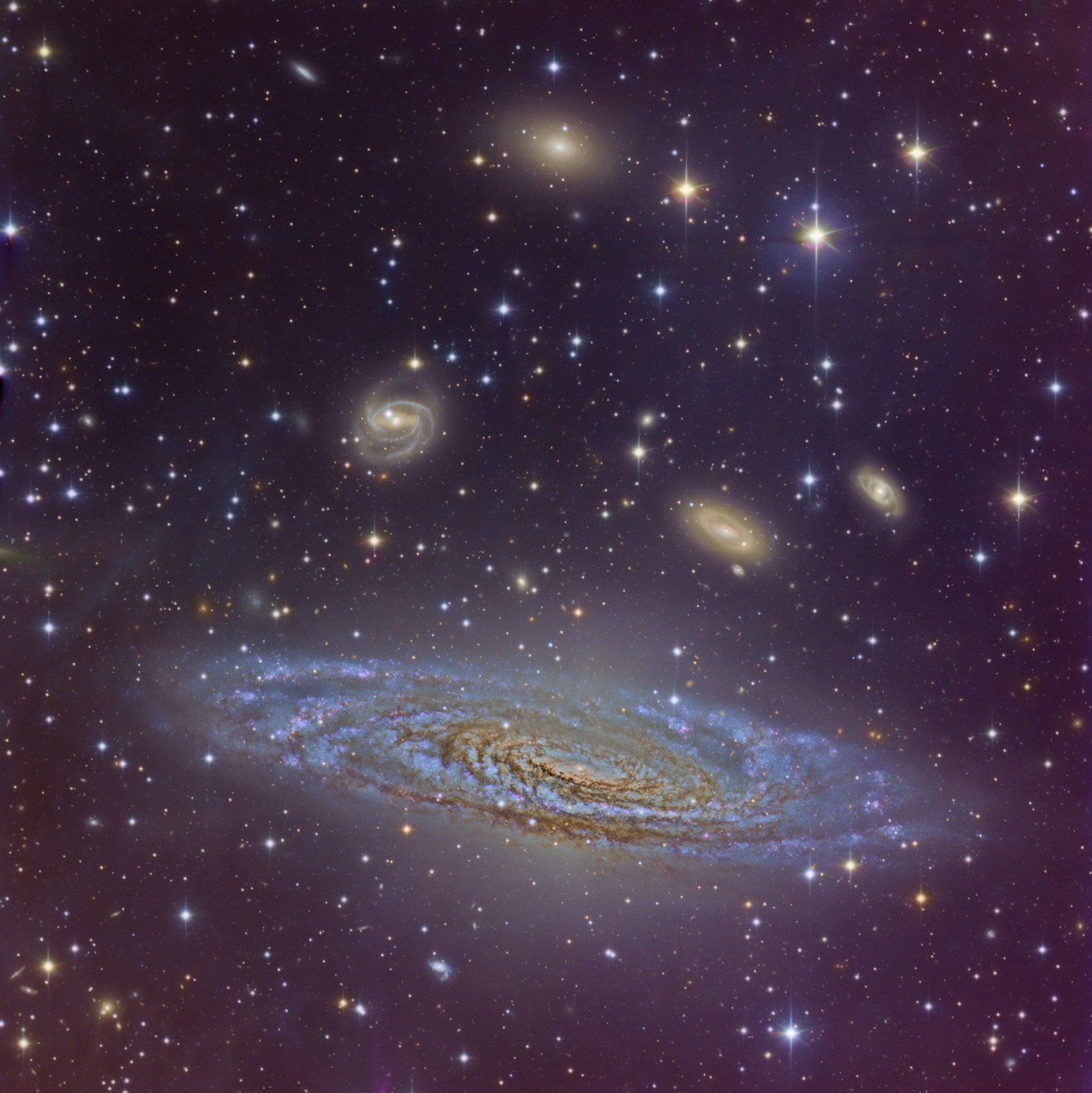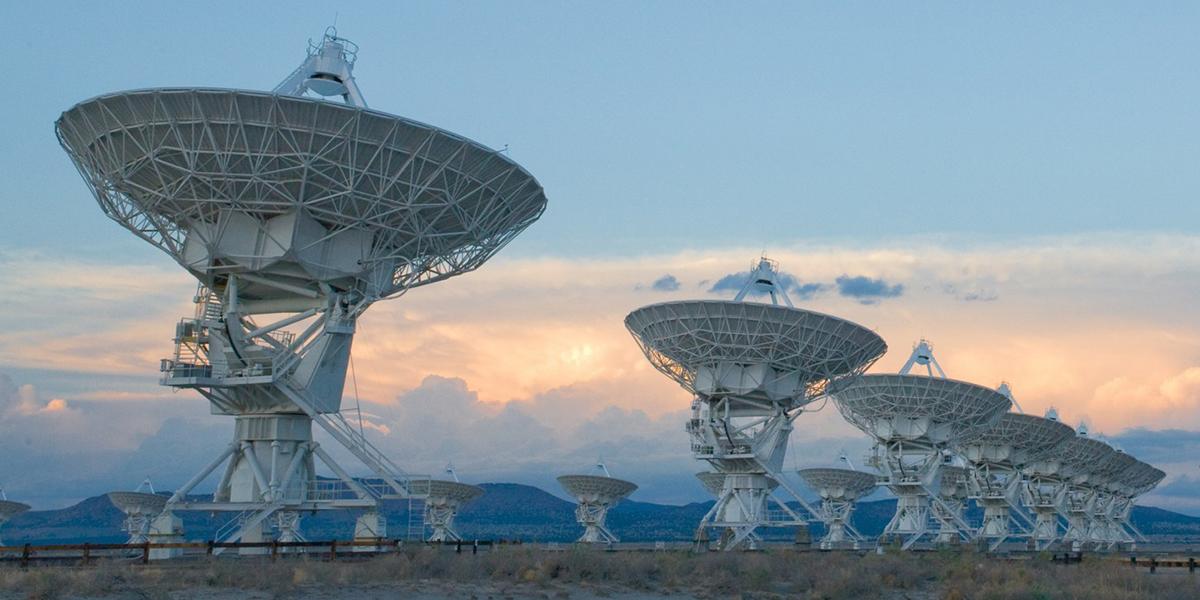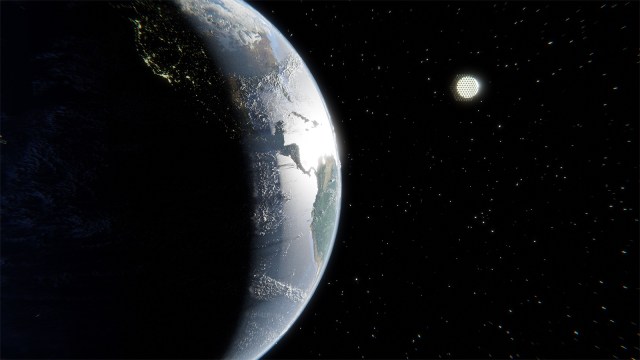Starts With A Bang podcast #83: The longest gravitational waves
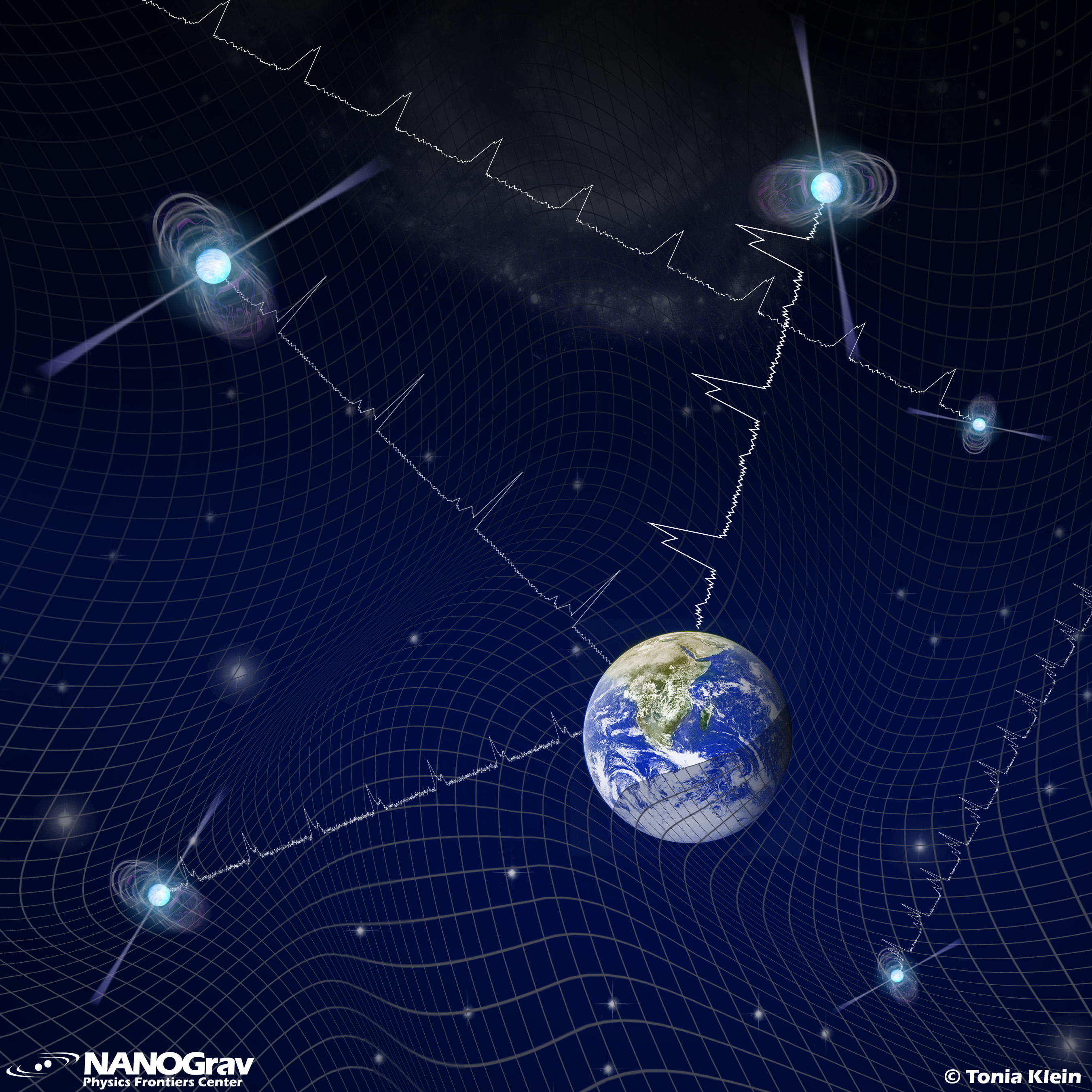
- Gravitational waves are generated by any massive object in the Universe that moves through a changing gravitational field, and propagate outwards at the speed of light.
- But the most impactful, highest-amplitude gravitational waves come from the largest masses orbiting at the shortest distances.
- LIGO can detect the low-mass, short-distance ones, but the higher-mass ones are out of its reach. But pulsars, astronomy’s greatest natural clocks, just might bring them home.
Since the advanced LIGO detectors first began operating in 2015, we’ve not only directly detected our first gravitational wave signals from merging objects in the Universe, we’ve observed close to 100 such systems that have emitted detectable gravitational wave signals. All of them to date, however, are the result of short-period, low-mass stellar remnants that have inspiraled and merged into one another. The most massive black holes, at least in gravitational waves, remain elusive.
If all goes well, however, that won’t be the case for long. At the centers of very massive galaxies, there’s often not just one supermassive black hole, but multiple. Ultramassive binary black holes, in fact, send such energetic ripples through spacetime that they ought to distort, in measurable ways, the arriving radio signals from pulsars distributed all throughout the Milky Way. By monitoring these pulsars extensively through a series of timing arrays, we just might be able to extract information about the longest-wavelength gravitational waves that fill the Universe.
Here to walk us through what we’re looking for, how we’re conducting this science, what we’ve seen so far, and what the prospects are for gravitational wave direct detection in an entirely new regime is Dr. Caitlin Witt, who I’m so pleased to welcome to the Starts With A Bang podcast. We’ve got a 100 minute spectacular for this episode, and you won’t want to miss a single moment of it!
